Cisco CEO Chuck Robbins: The '5 Key Elements' Of Cisco's Digital And Channel Strategy
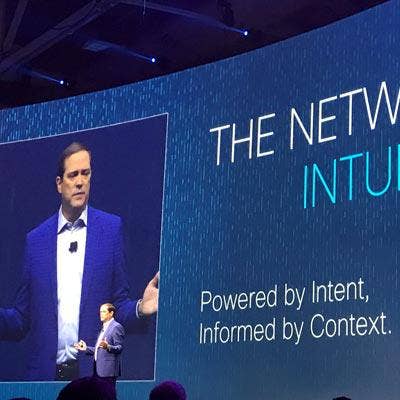
Robbins Takes The Stage
Cisco CEO Chuck Robbins stepped on stage in front of thousands of partners during Cisco Partner Summit 2017 on Wednesday to drive home the networking giant's digital and channel go-to-market strategy.
"There are five key elements that we need to work on together in helping our customers actually build a foundation for how they roll out their digital strategies over the next few years," said Robbins in front of a crowd of over 2,000 solution providers at the Kay Bailey Hutchison Convention Center in Dallas, Texas. "Partners have been, and will remain, at the heart of this company as long as I'm here."
Here's what Robbins said about the five essential elements partners need to focus on.
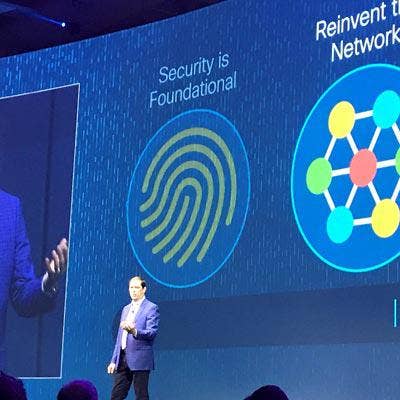
Security Is Foundational
We have to define the security architecture up front. No one would build a house and a year later add locks to the doors. You have to architect it up front. You have to build an architecture for security that includes the cloud, that includes the network, that includes the end devices, that includes a strategy for ensuring that all patches are updated in a regular time frame. This is the opportunity that we have brought together with the architecture we have built together to deliver security by correlating the 20 billion threats that we see every day – that's 20 billion a day – and then being able to defend at the endpoint, in the cloud, in the network. So the first thing we have to do with our customer is build this security strategy.
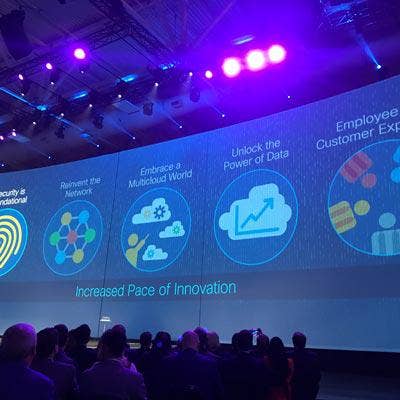
Reinvent The Network
[Research firm] IDC says in 2020, we'll be adding one million new devices to the internet every hour … To accommodate that for all of us, the network has to be fundamentally different than it is today. We have to reinvent networking. We have to make it simpler, programmable, scalable, we have make it much more agile for our customers; and that was what we launched this summer. [It's] the beginning of redefining the network for this new era, which is made up of the ability to take business intent – understanding what the business is trying to accomplish – and then apply that intent through policy to the network. We've had thousands of engineers over the last couple of years working on rewriting our core enterprise operating system to a modern, data-driven, API architecture so that we can do exactly this. So you power your intent through automation and then we want to gain context. Because this whole notion of, 'how does the technology become more intuitive?' Well, it learns. That's through analytics coming out of the infrastructure, Tetration [Analytics], our security portfolio, our Talos Threat Intelligent, AppDynamics – we're learning all the time about what's going on in the network.
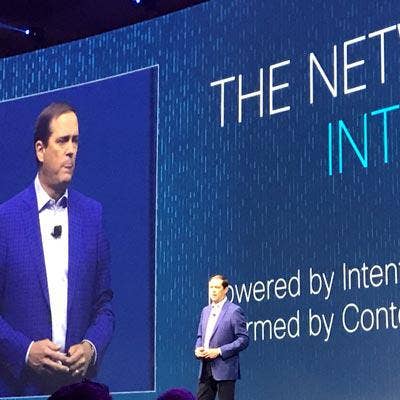
Embrace A Multi-Cloud World
Last week, we made what I think is a monumental announcement with one of the premier web-scale cloud providers around the integration of our network capabilities, our security capabilities with their open Kubernetes cloud platform, with Google Cloud … The cloud is multiple clouds. There are multiple SaaS applications that every one of our customers are trying to navigate whether its HR systems, CRM systems, they're buying cloud services from multiple cloud providers – and by the way -- they still have their private data centers. Now there's this explosion of data at the edge. So what was a move to the euphoric place called 'the cloud' has become a complicated distributed set of technology assets that our customers are trying to manage. That's good for all of you because we get to help them get to do that, because across that environment the common denominator from the edge – where that explosion of data is taking place – to the public cloud, to the SaaS applications, to the private data centers, to the mobile worker – the common denominator is the network.
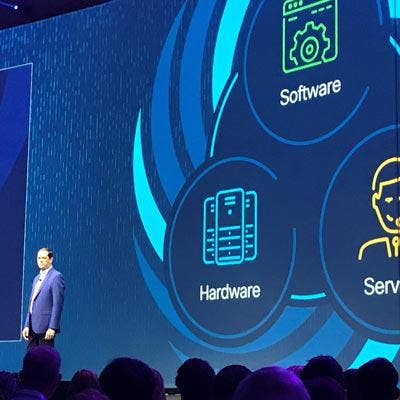
Unlock The Power Of Data
So much of the data is going to be created at the edge. So much of the value of that data has to be dealt with immediately and this is why you're seeing us invest in new technology with general purpose compute sitting in our access products with the ability [to] help your customers manage their data more effectively at the edge of the network.
We're going to help enable your customers to take advantage of being able to see that through all the analytics that we can make available to the network. Think about the Tetration Analytics in the data center, this summer with the Network Intuitive launch, we announced network data platforms so that you can get analytics out of the infrastructure in the enterprise, in the wide-area network, Talos has a lot of threat intelligence and analytics, then AppDynamics – bringing all that together to allow you to help your customers to gain insights from data that's moving across the network. All of this is in an attempt to help our customers get to those business outcomes more rapidly, which is their ultimate objective.
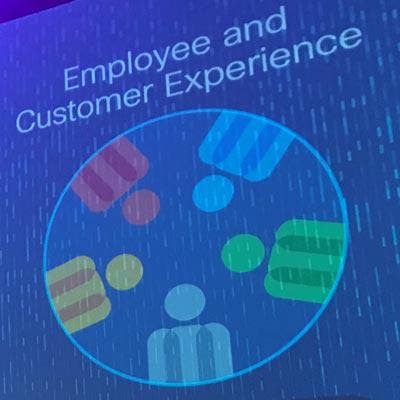
Employee And Customer Experience
All of this is in service of helping our customers deliver a better experience to their employees and their own customers. There's a couple of interesting stats that I saw; one is that nearly two-thirds of us have deleted an application off of our mobile device after launching it once. Because we have expectations, and if we don’t like it, we know there's another one. So we get rid of it and find the next one … Think about the expectations of your customer [and] the expectation of their customer. Not to mention the employees. There's an incredible, incredible competitive environment for talent and all of our employees and all of your employees expect to have an incredible experience when they work with you. We really bring so much of that to life with our collaboration architecture. This is one of reason's we made the acquisition last week of BroadSoft, to continue to help you help our customers deliver on that employee and customer experience that's so critically important going forward.